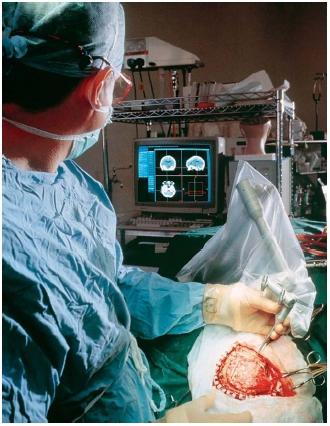We've created basic descriptions and explanations of the most popular procedures for you to help you figure it all out - this one's on nosejobs...
Rhinoplasty
Rhinoplasty is carried out under general anaesthesia and in some cases through incisions inside the nostrils, In the majority of cases there are no external scars, unless you decide to have the size of the nostrils reduced (alar base reduction). In this case small scars around the sides of the nostrils are necessary which are placed in the natural crease lines between the nose and cheek.
In Rhinoplasty, firstly the hump is removed with a delicate chisel cut to give the new profile. If nothing else were to be done the bridge line would be too wide and so it is usually necessary to fracture the nasal bones in a carefully controlled way, to allow them to meet in the midline and narrow the bridge line again. A plaster cast is applied for app seven days to support and protect the bones while they set into their new position. The tip of the nose is shaped by cartilage underneath the skin. These are adjusted in size and shape to refine the nose so that it matches the new profile. When surgery is complete, small dissolvable stitches are used inside the nostrils and the plaster cast and nasal packs are applied.
Nasal packs may be necessary to prevent bleeding and ensure that the lining of the nose adheres correctly. If breathing passages have been operated upon, it may take longer for the nose to clear. This procedure can be done either as a day case or overnight stay in hospital.
It is essential that you understand you must be patient. The nose takes between 6/9 months for the final shape to be fully achieved.
skip to main |
skip to sidebar

Reliable and accurate advice about cosmetic surgery and aesthetic procedures. Written by surgeons for anyone considering cosmetic surgery
About Me

- Justin Stanton MD MMed(Plast) FRCS(Plast)
- I'm the Head of Cosmetic Surgery at the London Surgical Institute. Me and my colleagues write this blog so that you are given the best information on plastic surgery and all related cosmetic procedures...
Labels
- Abdominoplasty/Tummy tucks (1)
- bad surgery (1)
- basic information (5)
- before and after (2)
- blepharoplasty/eyelift (1)
- botox (1)
- breast implants (1)
- breast surgery (1)
- celebrity (5)
- cosmetic surgery (9)
- eyelashes (1)
- facelift (1)
- hair transplants (1)
- las vegas surgery (1)
- legal cases (1)
- liposuction (1)
- news (1)
- Our Mission (1)
- plastic surgery ethics (3)
- Recommended Reading (1)
- rhinoplasty/nosejob (2)
- rhytidoplasty/facelift (2)
- surgery caution (2)
- surgery news (4)
- warning (1)
